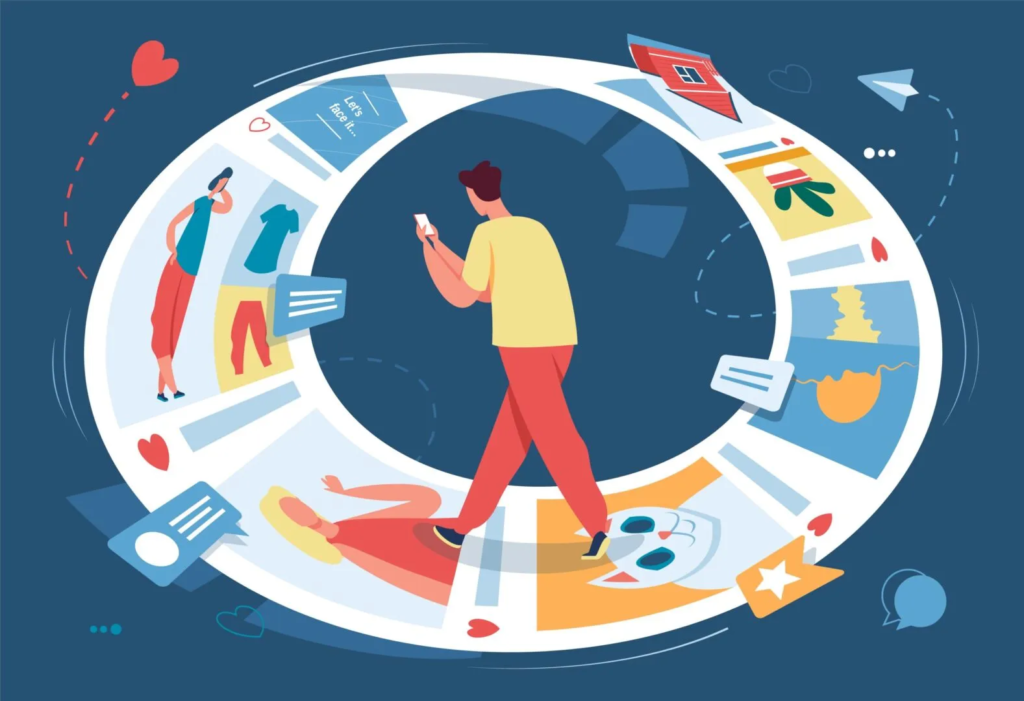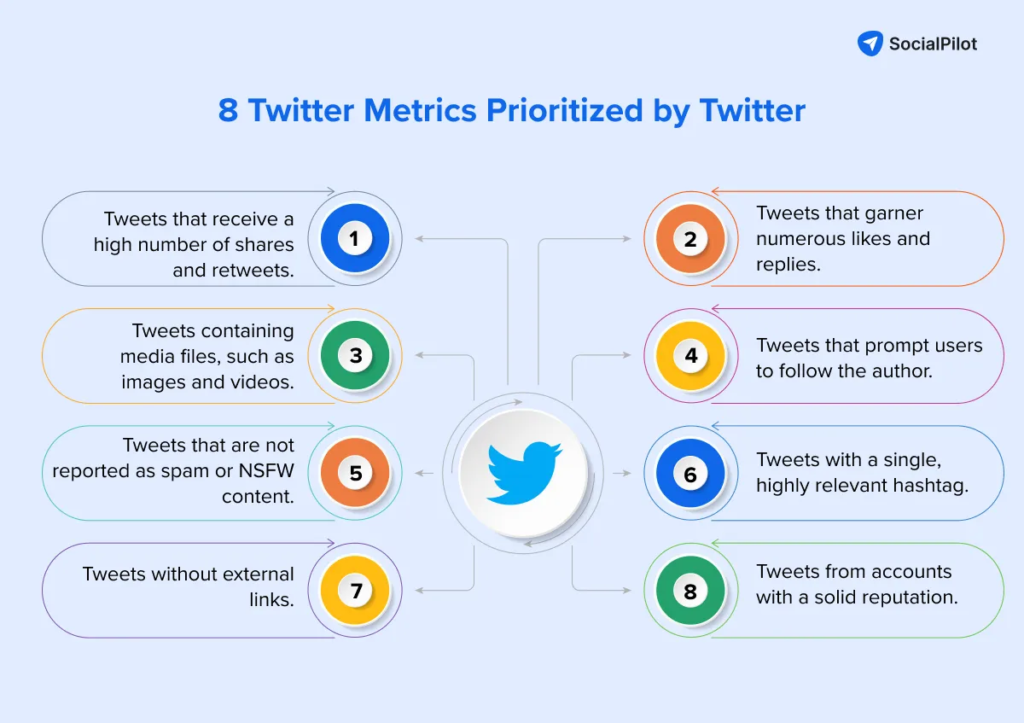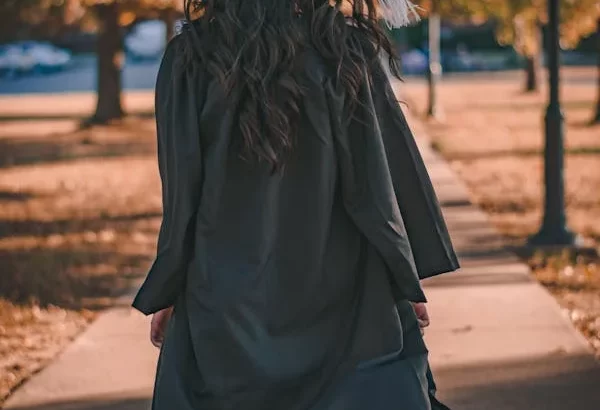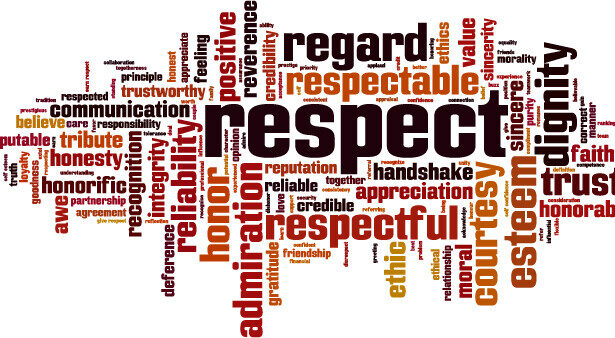Hello everyone, my name is Frederick Han, and welcome to my fifth blog post for the inquiry question, “Is social media good or bad for education?”. Today I will be going over the sub-question:
Find out what content different social media platforms contain and what features they use to keep people fixated on their feeds and content. This will be useful to determine how much of the content is productive and what percentage of people use this content.
According to LinkedIn, in general, many social media platforms use notifications, doom scrolling or endless scrolling, personalization, and social validation to keep their users engaged and hooked.

Starting from Youtube, we can see that they have their own infamous algorithm that essentially does most of their job for them, by providing videos that are suitable to each viewers taste and appeal. They also have a very well-designed home page where you can see all the Youtubers that you have subscribed to, and easily see if they have new content. They have recently added a “shorts” system, following all of the other popular social media platforms, in which it is easy to get lost in with a brand new, never before seen video just one scroll away each and every time.

Moving on to Facebook, another very big social media platform. Like Youtube, Facebook uses a doom scrolling technique to keep their users on the site, thought this is not very helpful to people’s mental health, it increases their use time. Facebook also uses a bombardment of push notifications that makes it easy to access their app when on a phone. They have notifications for essentially everything, from new posts, to even the birthday of someone you follow! Facebook also has some unique techniques such as groups, a way to talk to multiple of your friends at the same time, events, thus even more notifications, and Marketplace, a section on Facebook that is not unlike Ebay.

My final social media platform that I will be looking at today is Twitter or X. This social media platform run by the richest man in the world, Elon Musk is one of the most prominent platforms across the world, and it helped or participated in many important events such as the revolution in Egypt. Twitter uses many methods to keep their users fixated on their content, one of which is very similar to that of Youtube’s algorithm, aptly named, the Twitter Algorithm. This algorithm prioritizes tweets that are highly shared or retweeted, liked or replied to, tweets that contain media files such as images or videos, and tweets that urge for follows, just to name a few. These methods all make sure that what each user is seeing is relevant to them, and keeps them entertained to garantee a longer usage.

https://freedom.to/blog/how-facebook-keeps-us-addicted/#:~:text=With%203.03%20billion%20monthly%20active,autoplay%20features%20that%20always%20give
https://www.socialpilot.co/blog/twitter-algorithm
https://www.linkedin.com/pulse/real-reason-why-social-media-keeps-us-hooked-pablo-lopez#:~:text=In%20conclusion%2C%20social%20media%20platforms,%2C%20personalization%2C%20and%20social%20validation.
How the YouTube Algorithm Works: Complete Guide for 2024
-Fred


